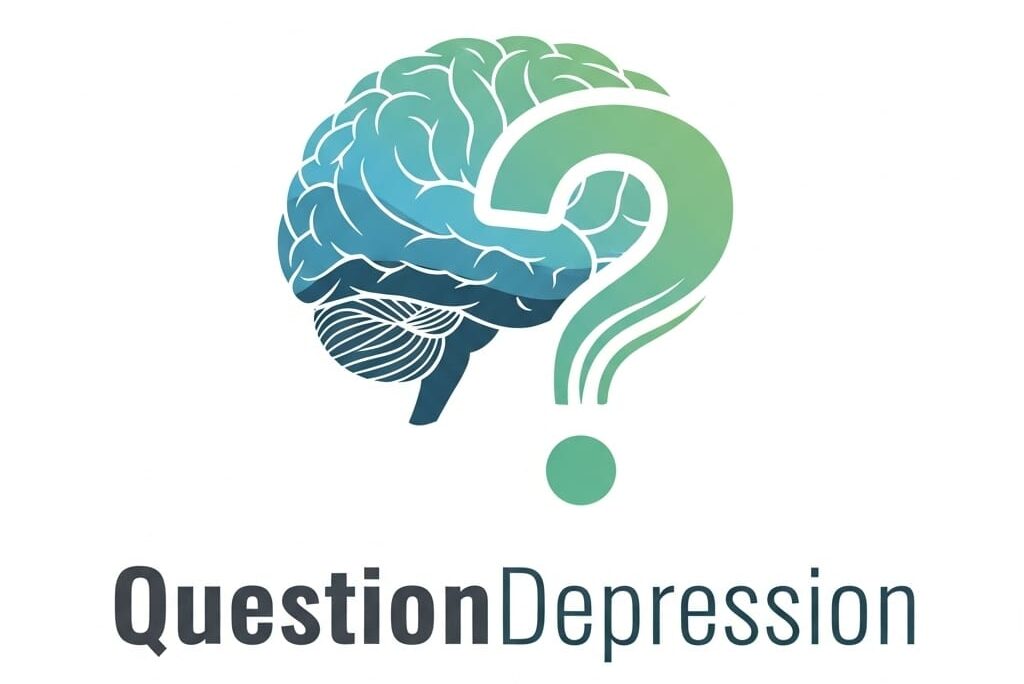The goal of PST is straightforward:
To assist in managing the everyday problems that contribute to emotional distress by teaching practical, structured problem-solving skills.
In a bit more detail:
- Empowerment

PST aims to make people feel capable and in control again.
Depression often makes you feel powerless. PST counters that by building confidence in handling life’s challenges.
- Skill-building
It’s about teaching a method, not just offering temporary support.
Clients learn how to define problems clearly, generate solutions, and make decisions systematically, skills they can use long after therapy ends.
- Reducing emotional distress
Depressive symptoms are usually lessened by solving or improving the problems that cause stress (like relationship conflicts, financial issues, work difficulties).
- Breaking the negative cycle

Depression can create a loop: problems feel overwhelming → avoidance increases → problems worsen → depression worsens.
PST interrupts this loop by promoting action instead of avoidance.
- Encouraging resilience
It’s not about eliminating every life issue, which is impossible.
Instead, PST helps people cope more effectively with new challenges that arise in the future, thereby building long-term psychological resilience.
Join our forum and Facebook
Please consider joining our forum and Facebook if you enjoyed reading this and would like to chat with like-minded peers about anything depression related.
It would certainly go a long way toward making my dream of creating a thriving, supportive community a reality!

